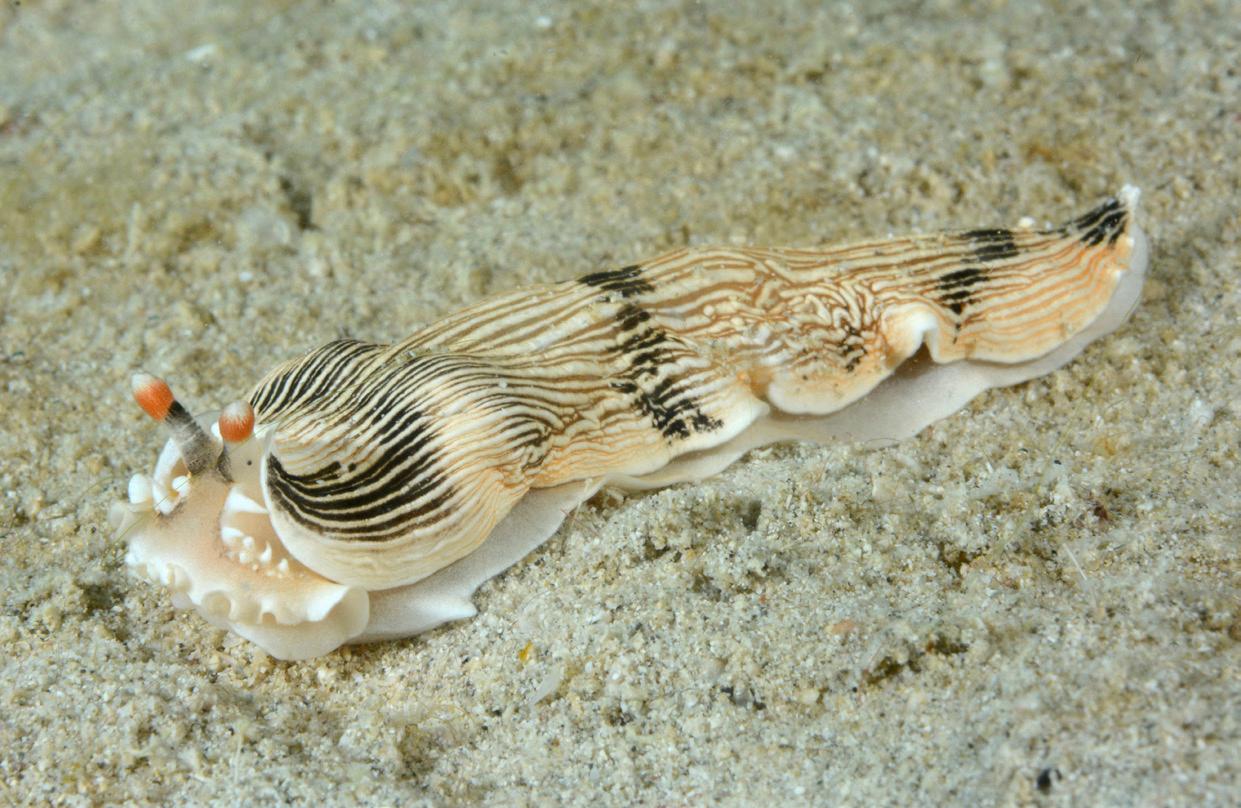
5 minute read
DUBAI’S UNDERWATER HIDDEN SECRETS
FEATURE GORDON T SMITH
When I first arrived in Dubai back in 1997, I was rather disappointed regarding the lack of shore diving compared to where I lived in Jeddah and diving the Red Sea.
I had heard about a reef off Jebel Ali, but I had no reference of where to dive and was still establishing where to dive. Practically all of the west coast dive sites require a boat for access, and I didn’t have enough information, and a lack of dive buddies didn’t help. Remember, this was really before the internet took off, and most information was by word of mouth, usually talking to people at the dive shop, which in my case was Scuba Dubai at the Trade Centre Apartments.
Over the years, I occasionally did a shore dive because I was involved in a training dive or wanted to test some equipment in salt water rather than a fresh water pool, and I rarely saw anything worth noting.These dives were usually off “Russian” beach in Jumeirah. The onset of the offshore island construction destroyed any decent visibility in the mid-2000s.
Pre-COVID, my main buddy, Kerstin and I had started to explore the seagrass behind Sunset Mall, having been told about the existence of seahorses lurking there – but after many dives we found nothing. We did however find a few seaslugs, primarily sapsuckers, Elysia species, but also some Hypselodoris infucata and Goniobranchus obsoletus nudibranchs.

In 2022, having retired from full time work, I had more time on my hands, and I continued to try and find and photograph at least one seahorse off Dubai. My breakthrough happened when a friend of mine, Vanjie, mentioned that some instructors had seen seahorses and nudibranchs close to La Mer.

At the first opportunity, we set off to find them. Our first dive proved fruitless, plenty of hermit crabs and shelled slugs, but no seahorses. I then dived with Vanjie and we found three small seahorses in the seagrass close to the breakwater south of La Mer in less than 2m depths. These are Hippocampus kuda, the same species as the larger seahorses found on the east coast of the UAE.

I then dived this area frequently mid-week when it was quiet and there were no training dives being done. However, visibility here is rarely more than 2m and it’s very difficult at times to maintain a visual contact with your buddy, a bright torch helps a lot, but we resorted to almost diving solo at times. Having a DSMB floating above helps to locate the missing diver, but a bit inconvenient when taking photographs.
During the summer of 2022, some construction was taking place around La Mer and the visibility was practically reduced to zero just as another one of my friends, Joan, had a week off and we planned to dive here to photograph the seahorses.
We checked out a few more sites and luckily came across more seahorses as well as frequent sightings of nudibranchs along several accessible areas along the Dubai coastline.

I’ve been very surprised at the variety of marine life that I come across too, from a large leopard ray, to mating cuttlefish, as well as my favourite subjects of nudibranchs, and of course, seahorses.
This is muck diving, maybe not as good as Lembeh or Anilao, but there’s stuff to be found provided you move very slowly and avoid kicking up any silt as the visibility is generally not very good at the best of times. Ensure that you keep in a good horizontal trim too, you might be looking for seahorses but please don’t swim like one.
Note that when diving in these conditions, the preferred swimming technique is the frog kick, as the flutter not only causes silting and decreased visibility – especially for the diver behind you – but it can also dislodge the small creatures hidden in the sea grasses up into the water column.

Hazards
A key point to be aware of is the presence of surface crafts. Whilst paddle boarders may not present too much of a hazard, although I wouldn’t want to get hit on the head by one, jet skis and other motorised crafts do. Plan your exit/entry points carefully.There has been an uptake of motorised electric surfboards recently, so please take care.
If for any reason, you need to surface away from the shore, it is strongly advisable to use a DSMB to signal your position. If you don’t have one, then I strongly advise obtaining one and learning how to use it correctly with a reel or finger spool. It’s also preferential to carry a compass and take bearings on the surface before you dive.
Another hazard to be aware of, are people fishing from the breakwaters. If you see people fishing, then keep clear of that area.

Tides And Weather
Prior to planning your dive, it’s always good to check the tide timetable for Jumeirah. Personally, I prefer to dive during slack high or low tides in order to avoid any strong currents during spring tides.
Water temperature varies from a nice toasty 33ºC during the hot summer months, to a very chilly 18ºC in the winter season. That might not sound cold, but after two hours in the water, you will soon start thinking about investing in a drysuit!
Whilst this type of diving may not be everyone’s “cup of tea”, it can provide good training for navigation, buoyancy control, and a good practice area for photography, plus there are no boat schedules.











